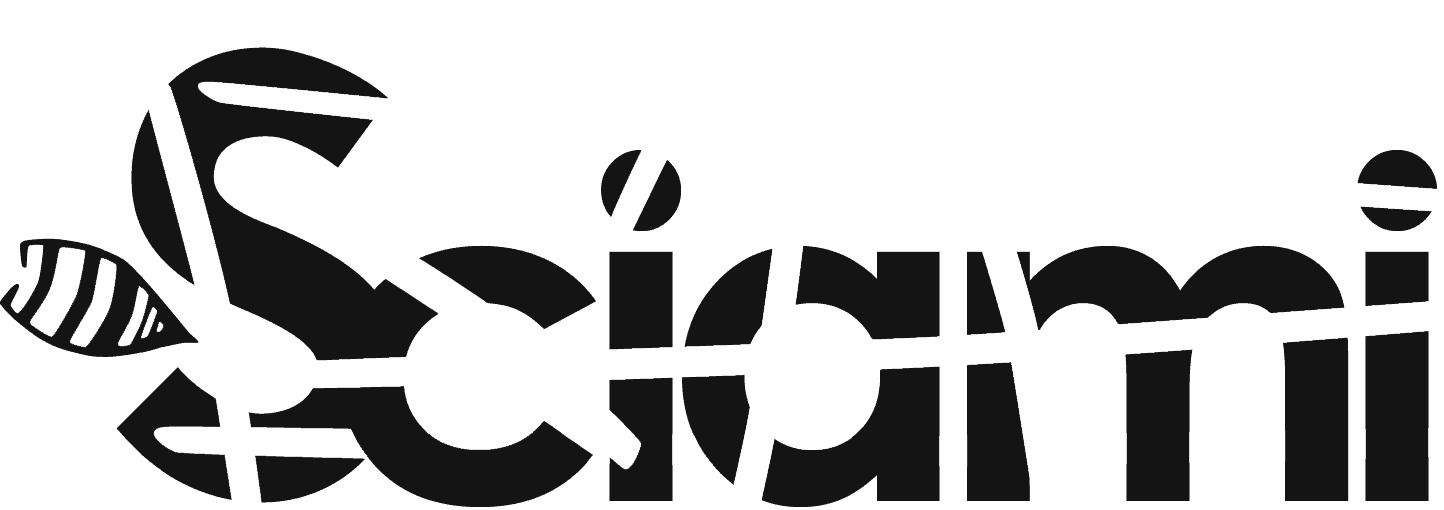Rappresentazione et esercizio (1969)
Sacred action for twelve performers of Domenico GuacceroEditing of biblical texts Notker Balbulus (Hymnus Spiritui Sancto) and of S. Juan de la Cruz (Canciones del alma, Noche Oscura) edited by Domenico Guaccero
Conductor Domenico Guaccero
Director Antonio Calenda
Choreographic consultant Marcel Rayez
Stage manager Stefano Tolnay
Lights and costumes Michiko Nogiri
With Compagnia del Teatro Musicale di Roma: Erminia Santi (soprano lirico-leggero), Michiko Hirayama (soprano sperimentale), Carol Plantamura (mezzo soprano), Tomaso Frascati (tenore lirico-leggero), Enrico Fioretti Idigoras (tenore), Therman Bailey (baritono), (voci maschili), Antonio Calenda (attore), Marcel Rayez (mimo), Nicola Samale (flauto), Bruno Battisti D’Amario (chitarra), Franco Barbalonga (tastiere)
First performance Perugia, Chiesa di S. Filippo Neri, 28 settembre 1968
Altre messe in scena:
Conductor and director M° Sergio Rendine, Nuova Consonanza 20° Festival, 1984
Conductor and director M° Bruno De Franceschi, Nuova Consonanza 37° Festival, 2001
From ritual to meditation for an inner action in Musical Theater
by Daniele Vergni
Between the late 1950s and the early 1960s there began to take shape within the New Music the idea of a New Musical Theater. Domenico Guaccero was one of the composers who more than any other contributed to redefining musical theater through his compositions, theoretical reflection and organization of experiences such as the Compagnia di Teatro Musicale, founded in 1965 with Egisto Macchi, and his organization and direction of the musical and improvisational theater group Intermedia in 1978. Rappresentazione et esercizio was the product of the basic experiences out of which Guaccero’s musical theater was born: gestural compositions, conceived between 1963 and 1965, and Scene del potere, the first work of Guaccero’s new musical theater, produced between 1964 and 1968, in which he put his theatrical ideas to the test: the use of multiple performers characterized by de-specialization; the use of multiple locations for the action; a vision of the spectator as an active part of the play; the disarticulation of the story line and of the frontal mode of the action; the independence of the various languages used in the work; and the use of controlled unpredictability and improvisation. All elements that Guaccero re-elaborated in Rappresentazione et esercizio.
The work is divided into two parts, the first, Rappresentazione – subdivided into seven scenes – in which the spectator witnesses a ritual that narrates events linked by a logical thread, from the birth of Logos to the birth of mankind, up to the death of Christ. The narration, comprising a compilation of texts, gives prominence to vocal action in the first two scenes: the choral performance of Logos, the Word as source of life, and the vocal performance of The creation of the world.
Documents are published in original language. In case the translation is present, both the original and the translation are published.
Domenico Guaccero, Rappresentazione et esercizio, in Domenico Guaccero, Rappresentazione et esercizio, Ricordi, Milan, 1969.
Domenico Guaccero, Dalla premessa alla partitura, in Domenico Guaccero, Rappresentazione et esercizio, Ricordi, Milan 1969.
by Roberto Carotenuto.
On March 7, 2001, a work by M ° Bruno de Franceschi was created for the 37th Festival Nuova Consonanza.
Domenico Guaccero, Rappresentazione et esercizio. 1968. : Bibliography, edited by Daniele Vergni
Domenico Guaccero, Un'esperienza di teatro musicale, in Domenico Guaccero, di Domenico Guaccero prassi e teoria, Nuova Consonanza ed., Rome 1984, pp.147-166
Domenico Guaccero, Postilla sul teatro musicale, in Domenico Guaccero, di Domenico Guaccero prassi e teoria, Nuova Consonanza ed., Rome 1984, pp.167-179
Domenico Guaccero, Sulla tradizione del teatro musicale, in Domenico Guaccero, , di Domenico Guaccero prassi e teoria, Nuova Consonanza ed., Rome 1984, pp.180-192
Domenico Guaccero, Tesi per “intermedia”, Fondo Archivio Guaccero, Fondazione Giorgio Cini
